Rings of the Jovian Planets

Saturn has a famous ring system.
-
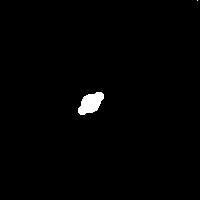 They were first noticed by Galileo, but all he could see was that
Saturn wasn't round.
They were first noticed by Galileo, but all he could see was that
Saturn wasn't round.
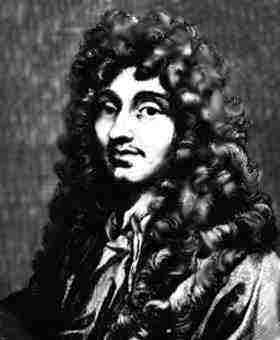 Christian Huygens, The Hague, 1629 - 1695, made telescopic observations of Saturn and explained why sometimes one could see the bulges and sometimes not. He deduced that the bulges
were thin rings that are sometimes seen edge on.
Christian Huygens, The Hague, 1629 - 1695, made telescopic observations of Saturn and explained why sometimes one could see the bulges and sometimes not. He deduced that the bulges
were thin rings that are sometimes seen edge on.
- James Clerk Maxwell deduced in 1857 that the rings couldn't be solid or they would break.
Let's look at the rings.
- Here are Saturn's rings.
- Here they are as seen from in back .
Note that they are partly transparent.
- Here they are as seen edge on
but the Hubble Space Telescope. Note that they are very thin.
- In a
close-up view with some color
enhancement, you can see that there are lots of large and small
divisions among rings, as well as transient "spokes."
Other planets have rings too.
What could they be?
- Not solid. (Too weak; and we can see through them.)
- Not a gas. (They would just spread out.)
- Many small particles seems OK.
- Ice and rock are easily available.
- (Indirect) size measurements by Voyager spacecraft suggests that most of the particles are snowball size (10 cm), with a range from snowflake size to Willamette Hall size.
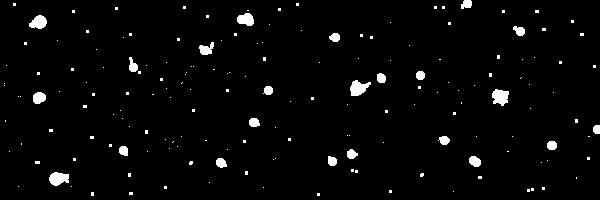 Why rings?
Why rings?
What would be wrong with just an unorganized swarm of particles?
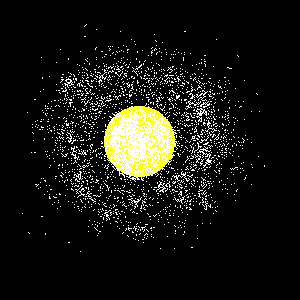
Why not moons?
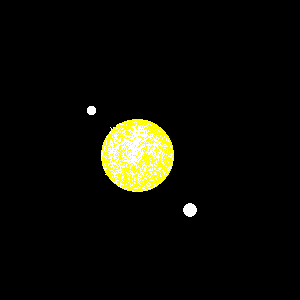
Davison E. Soper, Institute of Theoretical Science,
University of Oregon, Eugene OR 97403 USA
soper@bovine.uoregon.edu


 They were first noticed by Galileo, but all he could see was that
Saturn wasn't round.
They were first noticed by Galileo, but all he could see was that
Saturn wasn't round.
 Christian Huygens, The Hague, 1629 - 1695, made telescopic observations of Saturn and explained why sometimes one could see the bulges and sometimes not. He deduced that the bulges
were thin rings that are sometimes seen edge on.
Christian Huygens, The Hague, 1629 - 1695, made telescopic observations of Saturn and explained why sometimes one could see the bulges and sometimes not. He deduced that the bulges
were thin rings that are sometimes seen edge on. Why rings?
Why rings? 